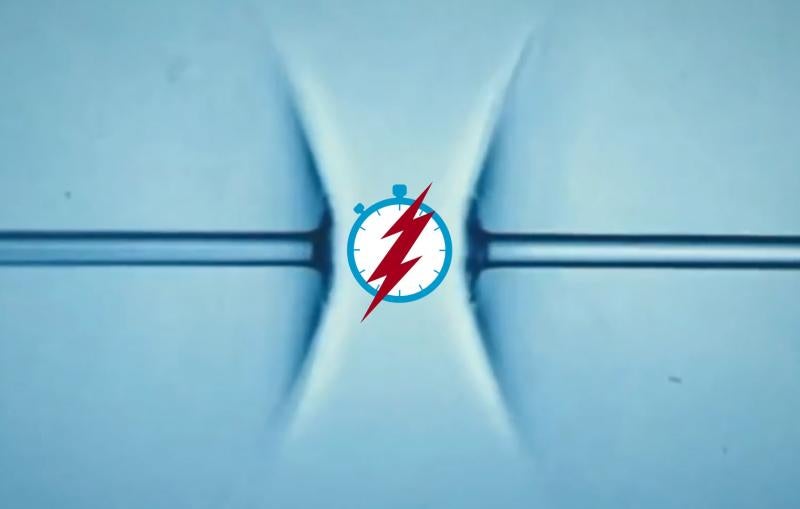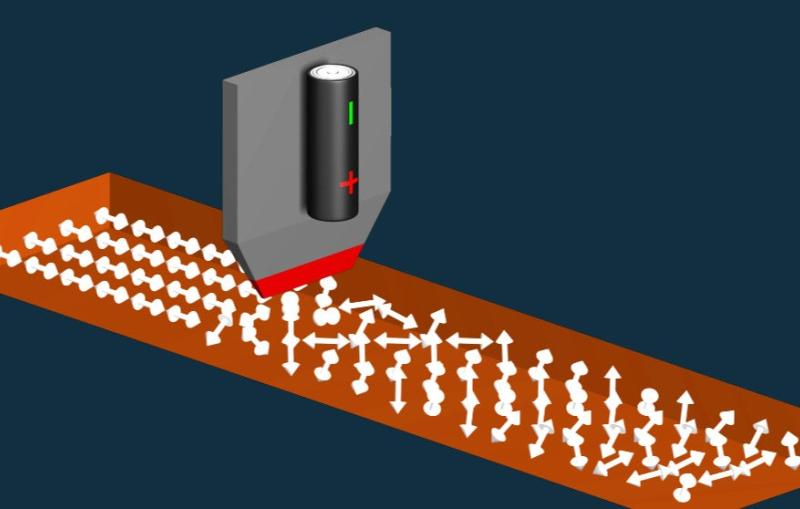

News Feature
VIA Stanford News
Engineers Use Soup Additive to Create a Stretchable Plastic Electrode



SLAC develops materials to improve the performance of batteries, fuel cells and other energy technologies and set the stage for technologies of the future.
Related link:
Energy sciences




